My family and I recently took a tour of Old Town Toronto and the St. Lawrence Market, through The Culinary Adventure Company. It was meant to be a food tour, but it began with a tour of the historic district around the Market. I love old buildings, but it’s even more interesting to see them against a backdrop of modern skyscrapers. Here are the 8 most inspiring design lessons that I gleaned from our tour:
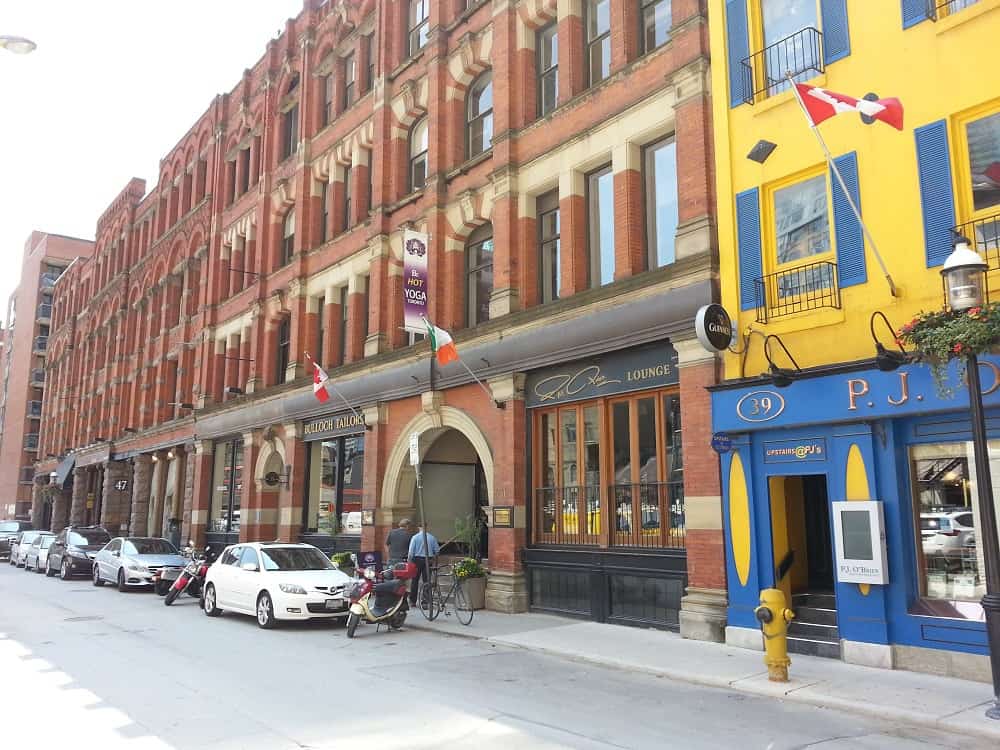
- It’s okay to paint over old brick (and wood!) I love old woodwork and brick, but sometimes it needs a face-lift. If it can’t be cleaned or repaired without great expense, then a coat of paint may be the most cost-effective way to spruce it up. And sometimes, the old wood and brick is just too dark! In the case of P.J. O’Brien’s Pub, the bright yellow and blue paint job makes their establishment stand out from a long row of brick facades.
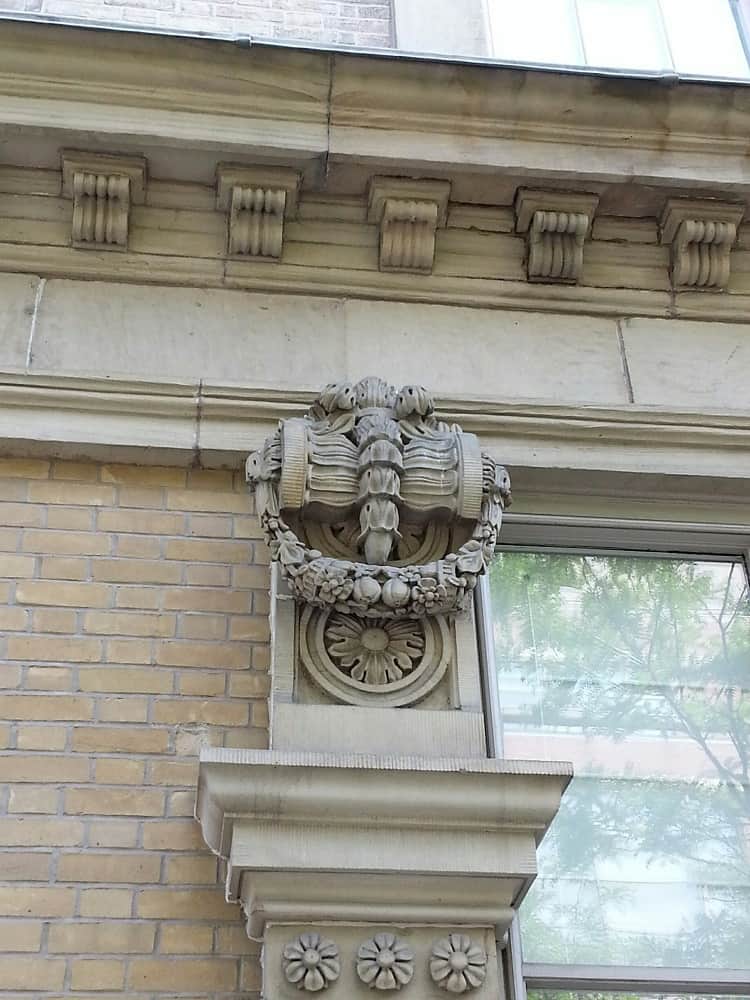
- Common materials are elevated by elegant details. Many of the stately buildings in Old Town are constructed of brick, but accented with wonderful masonry moldings and details. A similar effect can be achieved in your rooms by adding beautiful trim to simple draperies, or a gorgeous pillow on a neutral sofa.
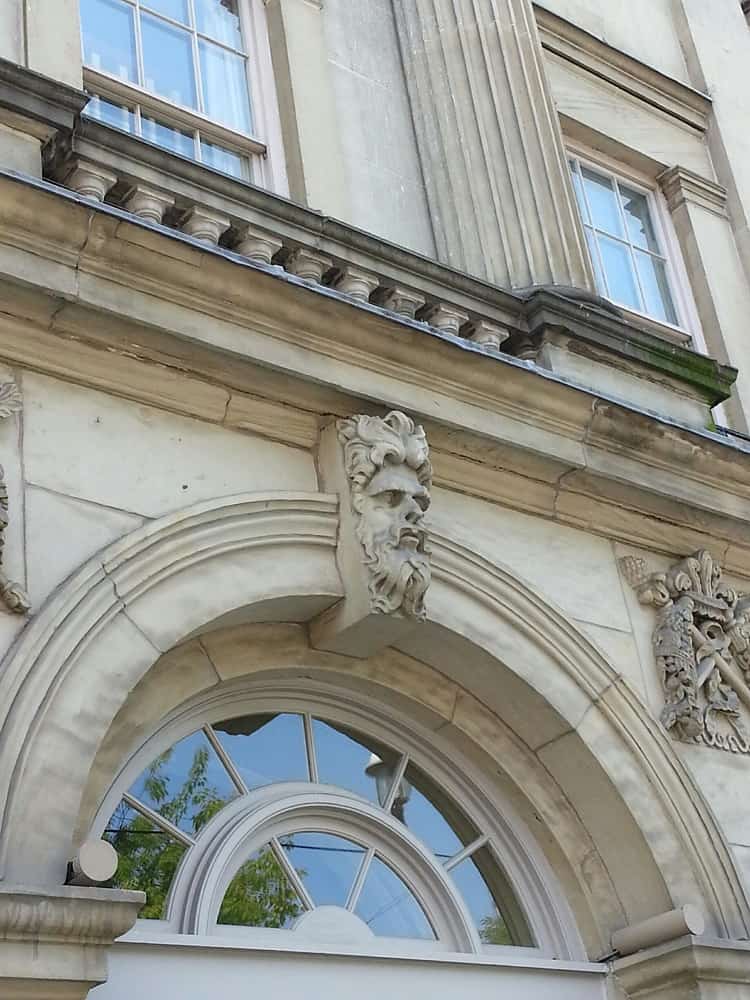
- There is a place for unique and unusual items. Many historic buildings incorporate gargoyles or unusual carved reliefs into their structures. From a distance, we simply see how nicely all the details fit together, then we get up close and realize how unusual the details are. You can create similar interest in your rooms by personalizing them with unique momentos, as long as they are properly incorporated into the design.
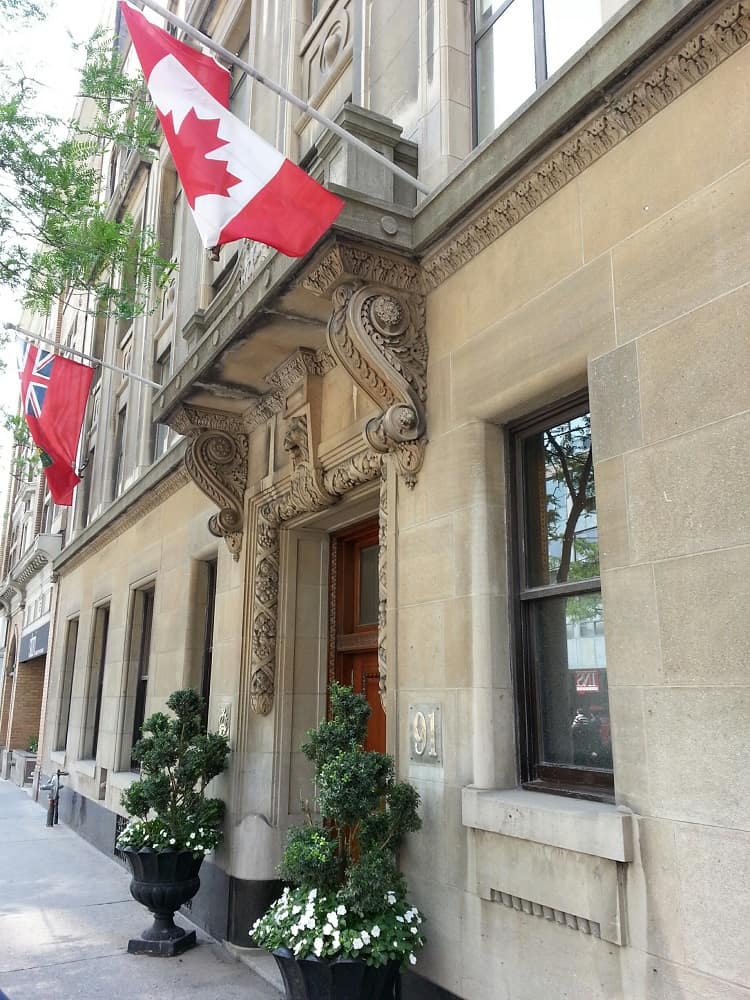
- Symmetry is the key to formality. There are other ways to balance a design, but if you want to instill a sense of formality, you need to incorporate symmetry into your design. Case in point: the exterior entry to this exclusive private club, where they say the price of gold is decided over lunch.
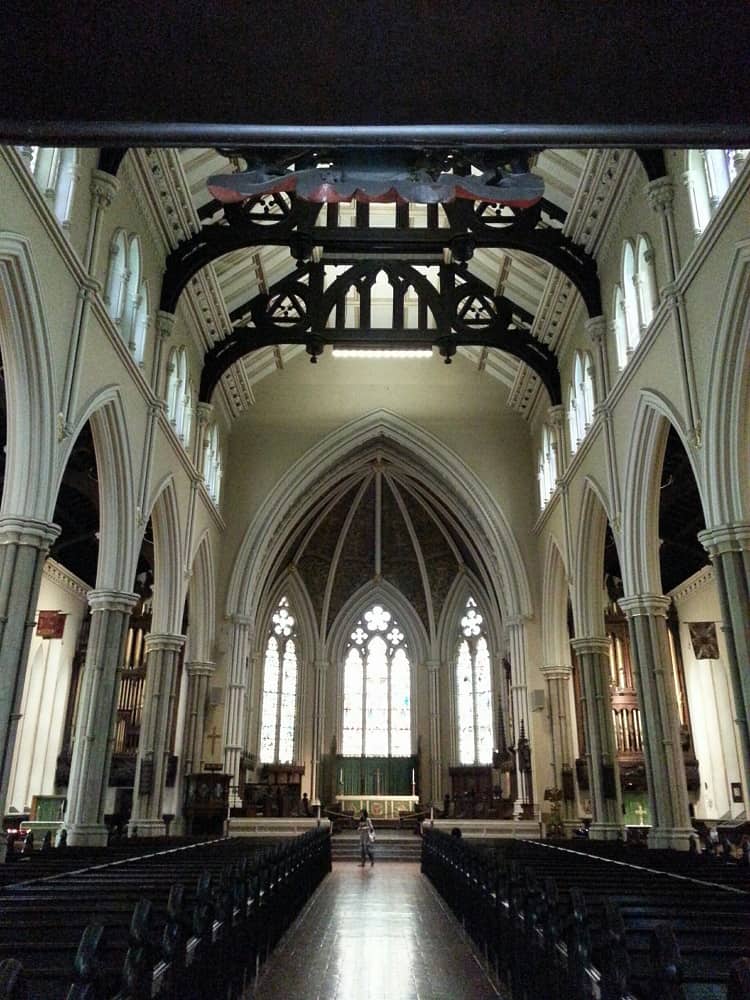
- Repetition is the key to inspiring awe. ‘More is more and less is a bore’: so says style icon Iris Apfel. In architecture, this mantra certainly holds true when the architect wishes to make a statement. Too often, amateur decorators stop short of the ‘wow’ factor, afraid to go too far. Harness the power of repetition to really put your interiors over the top.
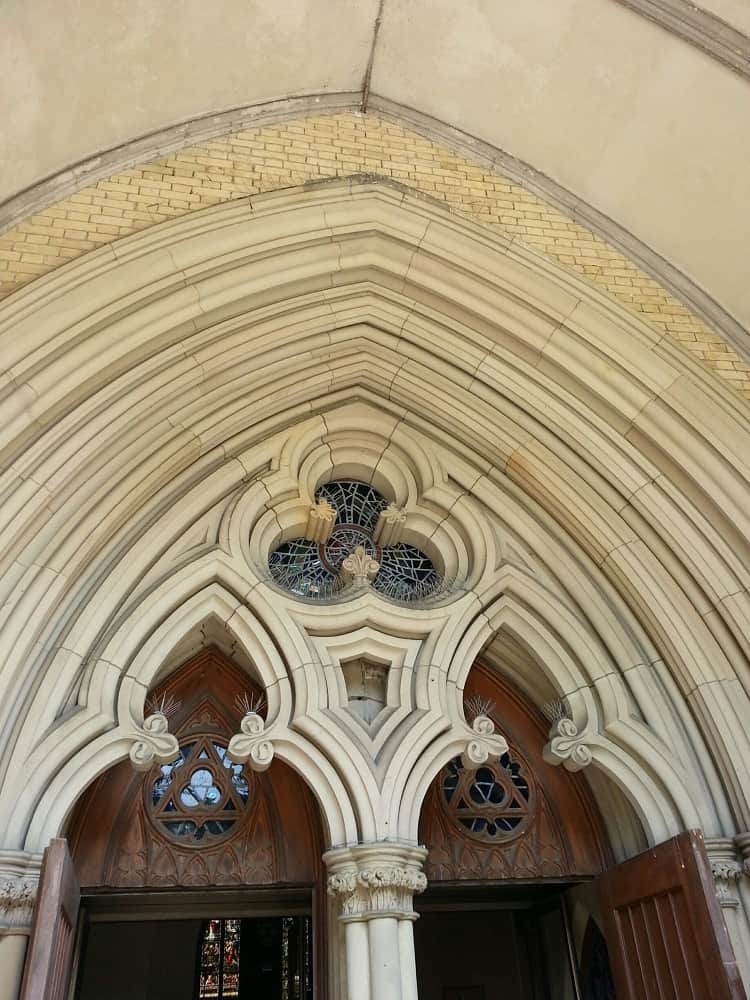
- Layering many details reinforces the effect of each. This is a little different than repetition, where the same detail is repeated. This is the fine art of balancing a number of details so that the desired effect doesn’t fall short, as if you didn’t finish the job, or ran out of money. ‘In for a penny, in for a pound’, as the saying goes. Once you commit to decorating details, don’t skimp on them. An area with less detail will appear under-dressed compared to those that have more detail.
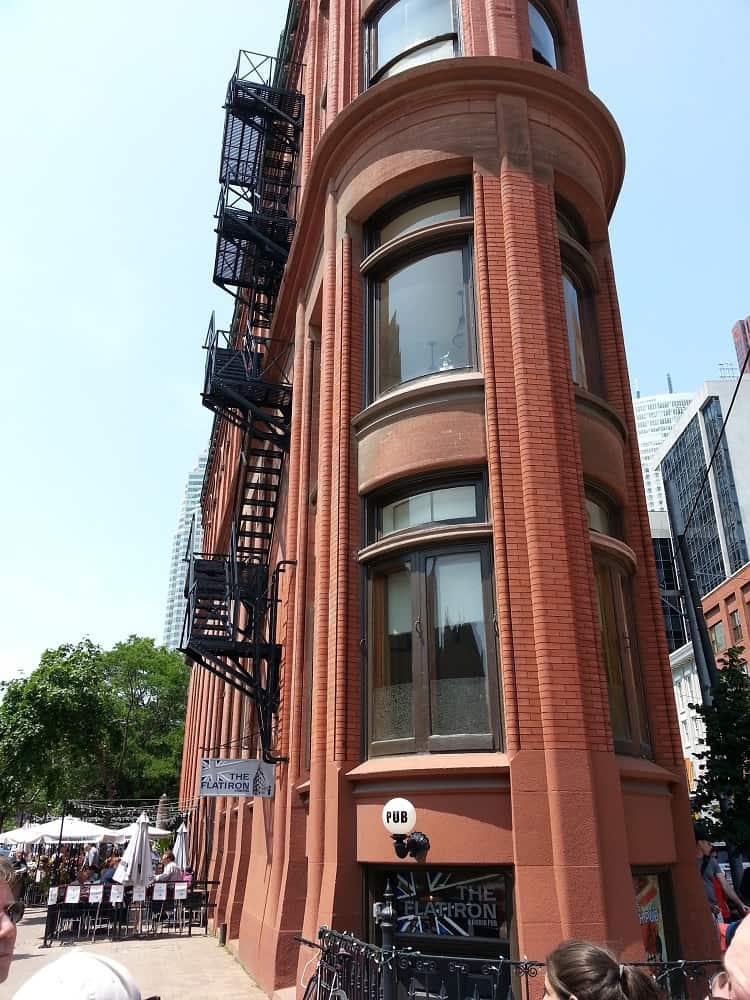
- Think outside the box when the box doesn’t fit. Several large cities have flatiron buildings, like the one in Toronto. They fit in spots where a rectangle doesn’t. This holds true in interiors, where a custom design often solves a problem that an off-the-rack one won’t.
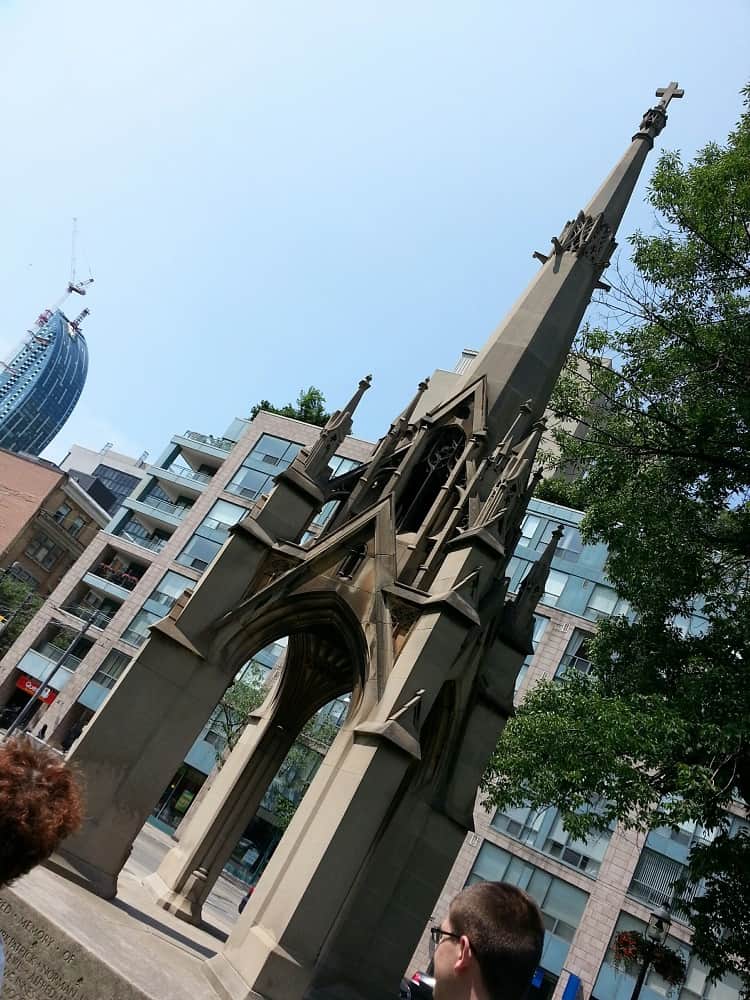
- You can’t take it with you, but you can take some of it. We get pretty attached to our ‘stuff’ and sometimes we don’t want to part with it. It’s a challenge faced by anyone who has ever downsized their living accommodations. The key is to zero in on what’s really important to you, and how best to preserve that memory. Sometimes a photo of a favourite thing will do. And sometimes, a remnant or just a part of the thing will do. In the case of St. James, when a fire destroyed the original church, they salvaged the original spire, which now sits beside the building on their property. As a stand-alone piece, it makes a pretty neat sculpture. In decor, the equivalent might be to keep an old favourite lamp, but add a new shade. Or to re-purpose your Mom’s dining table, but leave the chairs behind.